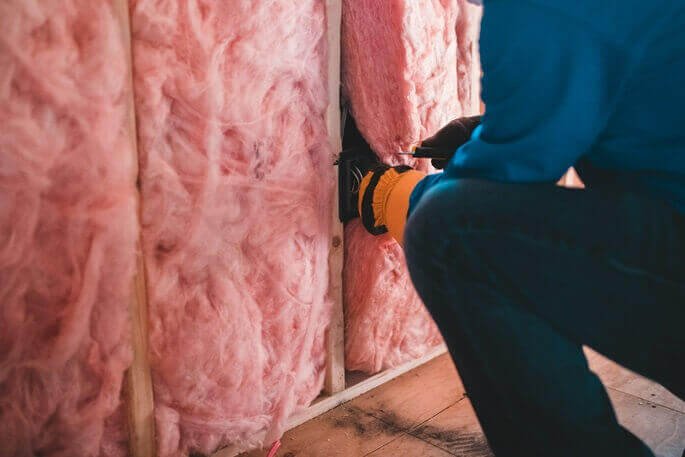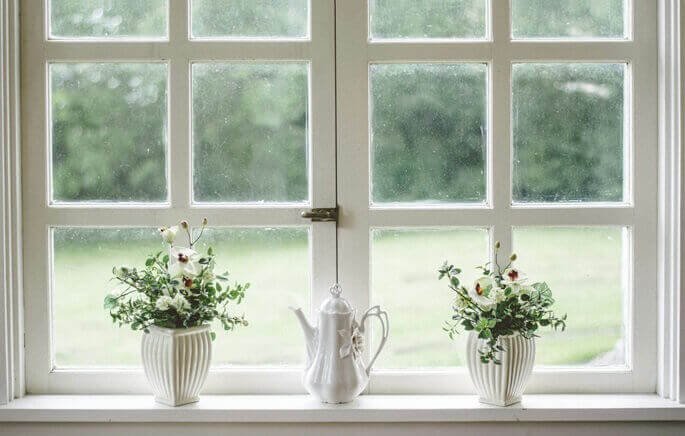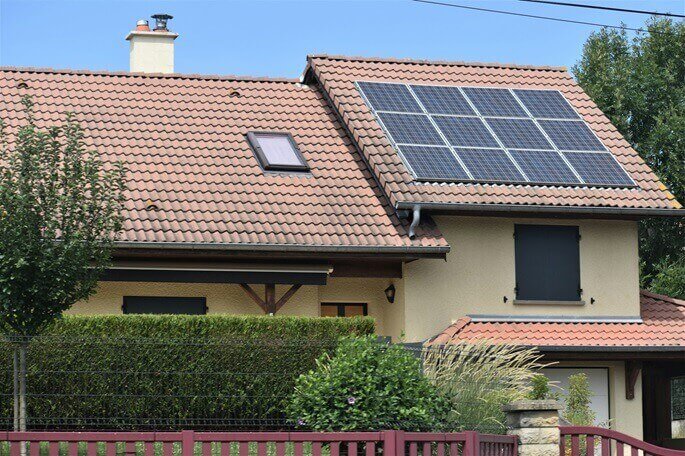Whether constructing a new building, making an addition, or remodeling, proficient use of energy conservation measures will result in reduced energy costs, increased comfort, and decreased emissions. Below are best practices, tips, and ideas for greener homes by either making a new construction or installing green features on existing houses.
Key Takeaways:
- Upgrade to energy-efficient lighting fixtures and LED bulbs to reduce energy costs
- Opt for energy-efficient appliances and practice smart habits for water and appliance efficiency
- Prioritize Insulation and Airtightness: Proper insulation and proper sealing reduce heat transfer up to a great deal thus reducing energy for heating and increasing comfort.
- Upgrade Windows and Doors: Energy efficiency is another feature of high-quality windows/doors characterized by low U- values which slow down the process of heat escape.
- Adopt Renewable Energy: Solar panels, heat pumps, and other alternative energy systems serve to reduce energy costs and limit the use of traditional energy resources.
- Draughtproof Your Home: There are two activities that need to be done; first, closing the gaps and second, insulating necessary areas within the house such as chimneys, floorboards, etc.
- Use Smart Technology: Smart thermostats, meters, and smart appliances enhance energy consumption by providing consumers with better control and information immediately.
1. Ensure High-Quality Insulation is installed
Heating loss prevention has a good potential for being used as a basic and highly efficient approach to saving energy. More recent constructions are required to have high-quality insulation as prescribed by The Building Regulations, but most constructors strive to go beyond these regulations. There are better effective and efficient construction methods such as the structural insulated panel (SIPs) or insulated concrete formwork (ICF).
If you have an older home, cavity walls are a possibility, where the walls of homes somewhere between 1920-1975 are included. Traditionally used in the construction of buildings/cottages before 1919, solid walls can be either insulated internally or externally; however, when doing so, the insulation layer must be vapor permeable so that the building can breathe properly. Loft areas that are not in use should also be insulated or suspended timber floors if at all possible.

Install High-Quality Insulation
2. Improve Airtightness
Small cracks in the walls, roofs, floor, or windows through which air from the outside is allowed into a building or conversely from inside out cause heat loss. In newer constructions, the architectural designs should be as basic as possible to achieve maximum airtightness. For existing buildings, comprehensive retrofits of the kind Beattie Passive’s TCosy system offer the best solution for creating a sealed envelope around your home.
MVHR system that circulates air with the least re-circulation provides fresh air with the least heat loss and allows for proper heating through Recovery ventilation heat.

Improve Airtightness
3. Think of a Small Room when Designing
Small rooms are also best suited to heating as they heat up much faster than large open spaces. People love open-plan living but think about the heating issues before knocking through period properties. Large spaces may not be a problem in highly insulated and airtight new-built homes for several reasons.

Small rooms are heated up much faster than large spaces
4. Upgrade Windows and Doors
It is known that a great portion of heat goes through the windows and doors. Choose products with as low a thermal transmittance as possible and high resistance to water penetration. Triple-glazed windows with center pane U-values below 0.8W/m²K which offers significantly high thermal efficiency and less heating requirement.

A great portion of heat goes through the windows and doors
5. Build to Passivhaus Standards
Passivhaus is low-energy architecture with high standards focusing on limiting air exchange rates and using floor and wall insulation and three-layer glazing systems. These homes are well insulated and keep cool in summer and warm in winter without having to overuse the heater/air conditioning hence using less energy which is cheap. In the renovation, the EnerPHit standard applies the Passivhaus standard to existing structures.
6. Embrace Renewable Energy
After the insulation of your home and careful sealing, you can add a heat pump a solar-thermal panel, or a biomass boiler to minimize your future energy bills. In generating electricity Solar photovoltaic or PV is perhaps the most efficient while in heating, the use of modern woodburning stoves is also environmentally friendly.

Solar Energy
7. Harness Passive Solar Gain
Passive solar design ensures that your home receives the sun’s heat in the winter season but at the same time shields it from direct solar heat in the summer season. Some that include lowly geometrical features such as louvered brise soleils enable control heat gain and shading over the year.
8. Draughtproof Your Home
Ensure that gaps between windows and doors, floorboards, and chimneys are well sealed to minimize draughts through the interior. So, decisions such as having heavy curtains, secondary glazing, or even simple measures like putting draught excluders will help greatly in reducing heat loss. Ventilate well, especially if you’re living in an old house so that you avoid condensation and the formation of molds.
9. Enhance Your Heating System
Daily boiler maintenance makes a boiler efficient, but replacing them with new A-rated boilers is more efficient. Additional lowering of the system’s energy use can be achieved by modifying the radiator flow temperatures or opting for underfloor heating. Smart heating systems include smart thermostats and radiator valves; they can control schedules and focal areas independently.
10. Choose Fridges, Air Conditioners and Lighting Choices
For instance, replacing your old cooker with an induction model or a washing machine and dishwasher could lower total household consumption. On that account, we should avoid equating bigger refrigerators with better fridges and should pay attention to energy labels during our purchases as well as ponder upon the capacity’s appropriateness to the members of a household.
11. Smart connected home
Smart meters and thermostats can show people how much energy they are consuming in a real-time manner and the ability to control heating and lighting remotely. Sophisticated systems can even link climate control with blinds, efficiency, and light and ventilation.
12. Reduce Water Usage
Water heating is another important cause of energy use within homes and usually contributes to a large extent. Making shorter showers or using such water-efficient shower practices as rainwater harvesting or reusing water from showers, baths, etc can reduce the costs of water as well as the energy used in pumping water.
By using all these techniques, you can end up developing a well-designed comfortable efficient, and affordable home that is environmentally friendly. Whether one is working on a new home, an old house, new constructions, or a reformation project, it will be worth it to give much consideration to the aspect of energy efficiency.

